Changes are being applied to manufacturing, retail, wholesale, and other industry sectors.
The U. S. Small Business Administration (SBA) has recently made several changes to small business standards in several different industry sectors and has also adjusted the monetary basis for small business standards.
Two final rules to revise small business size standards for Manufacturing industries in North American Industry Classification System (NAICS) Sector 31-33 and 31-33, Sector 42 (Wholesale Trade), and Sector 44-45 (Retail Trade) have been published by SBA and will become effective February 26, 2016.
The revised size standards define the maximum number of employees a firm in these industries could have and still be considered a small business. SBA also retained the current 500-employee size standard for federal procurement of supplies under its non-manufacturer rule. Wholesale Trade and Retail Trade NAICS codes and their size standards do not apply to procurement of supplies. Therefore, the revisions do not affect the eligibility for contracting opportunities for small business.
The final rule can be viewed at www.regulations.gov and search for RIN 3245-AG49.
SBA also finalized an interim final rule that adjusted monetary based small business standards (i.e., receipts, assets, net worth, and income) for inflation. The final rule was published in the Federal Register on January 25, 2016 and was effective immediately.
On June 12, 2014, SBA published an interim final rule increasing all industry specific monetary based size standards by 8.73 percent to reflect inflation since the previous adjustment in 2008. These changes were in addition to recent revisions as a result of SBA’s size standards review.
SBA also adjusted its program specific monetary size standards with the exception of the new alternative size standard based on tangible net worth and net income that applies to SBA’s 7(a) and 504 loan programs.
SBA estimates that more than 8,400 additional businesses will gain small business status under the adjusted size standards and become eligible for SBA’s financial and federal government procurement programs. These changes can possibly lead to $150-200 million in additional federal contracts and 80 additional loans, totaling about $30 million, to small business.
To read the final rule in its entirety, go to www.regulations.gov and search for RIN 3245-AG60.












